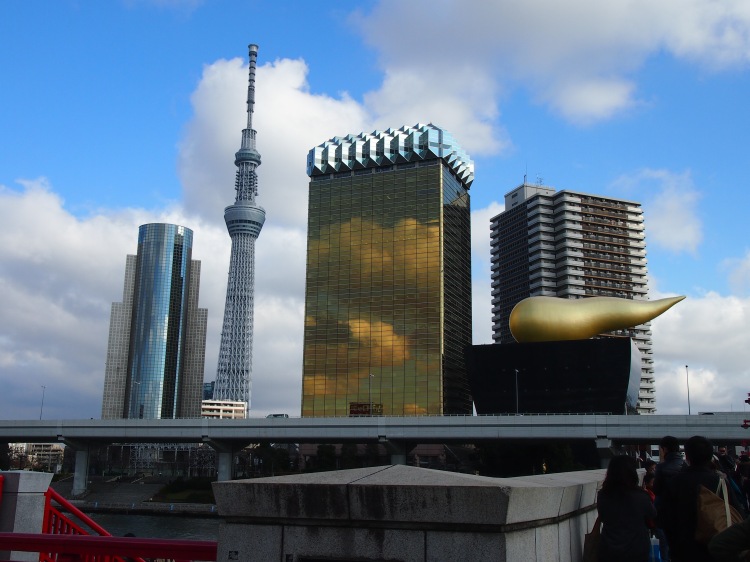Thin, unassuming, a small book of varying colors – what the modern passport lacks in physical grandeur it more than compensates for with indispensability. There are few things more precious to travelers – recreational, professional, refugee or other – than the passport, a piece of official documentation which sometimes confers upon its bearer the diplomatic heft of a home country (or simply entitles return to a country of origin). It is the most basic symbol of international travel, a universal totem of personal identity and nationality and a near-absolute customs requirement, but the passport as we know it is barely a century old, seeing widespread implementation throughout Europe and the United States from the late 19th century through the pre-war decades of the 20th century as national governments struggled to deal with massive population shifts.
Although the modern passport is a relatively new invention, the evolutionary history of entry, exit, and ‘safe conduct’ documentation is quite long, and the most distant phylogenetic forebears of our coveted stamp books date to at least biblical times. Until the late Middle Ages paper ‘pass ports’ were typically issued by a king or caliph or other such luminous monarch as a letter of protection, a way to provide messengers and other courtiers with safe passage through foreign territory, and they were quite uncommon. In fact, for the majority of human history, people wandered about the globe without need of official, internationally recognized identification. One could almost say without the burden, hindrance, of a passport.
As the modern nation state began to emerge from medieval feudalism, the use of international forms of identification became more commonplace, and then, the French Revolution. Prior to upheaval, in France as in much of Europe, peasants and serfs were required to possess documentation for internal movement. Ordinary workers faced a daunting proposition if they wished to relocate – acquiring the appropriate paperwork through legitimate channels was quite difficult. For this reason, identification requirements were often understood as oppressive measures designed to restrict movement of lower class people, and were thus abandoned in 1792. Revolutionary zeal quickly gave way to a reconsideration of liberal travel rules when it was discovered that royalists, moderates, and other members of the aristocracy were escaping abroad.
By the 20th century the passport was still largely considered a bizarre requirement, disparaged by upper-class travelers angered at having to prove identity at borders. Today however, the story is much different. Two cataclysmic world wars, and a variety of American military misadventures generated millions of displaced peoples and thus the need for large international agencies to deal with and administer to the needs of refugee populations; coupled with Cold War paranoia, the 1900s saw steady increases in the types and sophistication of tools by which nations catalogued and monitored their citizens. By the end of the 2oth century passports and visas had become the global standard for anybody wishing to cross a national boundary. The terrorist attacks on September 11th intensified the militarization and securitization of sovereign borders, and now, in our present day the passport has evolved into a RFID equipped, smart-carded, security apparatus, less an exotic collectible and more an absolute necessity if you’d like to, you know, move around the planet.
Confronting the history of the passport reveals a paradoxical relationship between our favorite document and the freedom of movement: as travel and communications technologies and infrastructure have rendered broad swathes of the globe more open and accessible, the same forces have simultaneously given rise to a network of sovereign borders with increasingly stringent requirements for entry and exit. In short: the passport has evolved alongside the nation-state not at all as a mechanism to facilitate a truly open world, but as a way to monitor and control populations and the movement of people across borders. Many nations are now using biometric data, such as digitized facial features, and storing this data on ‘ePassports’.
Our adventurous predecessors, setting out for Baghdad, or the Levant, for the far east or the New World were in many ways freer to exercise an inalienable right to movement than we are today. This of course doesn’t address implications of class or status, and early travelers faced a much, much rougher journey then (how many passengers still die of scurvy aboard ships these days?), yet it is still interesting, and in many ways alarming, to consider that the metaphorical walls are rising all over the world as nations continue to react to global forces like terrorism, immigration, and economic pressures. There are also some bright spots: the Schengen area provides almost 500 million Europeans with the freedom to travel visa and passport free through 19 countries (and more planned in the future).
We may be heading for a one-world dystopian police state, one in which the passport and new forms of wireless, networked, biometric identification and monitoring will evolve into ever more coercive governmental tools. We might not be. The securitization and garrisoning of borders seen over the last decade may ease, especially as national budgets continue to be squeezed. All or none of this may happen, but one thing is for certain: I still enjoy my passport, with its stamps, and yes its security features, and its worn cover, and that dumb picture of me as an 19 year old heading off to Europe for the first time.


